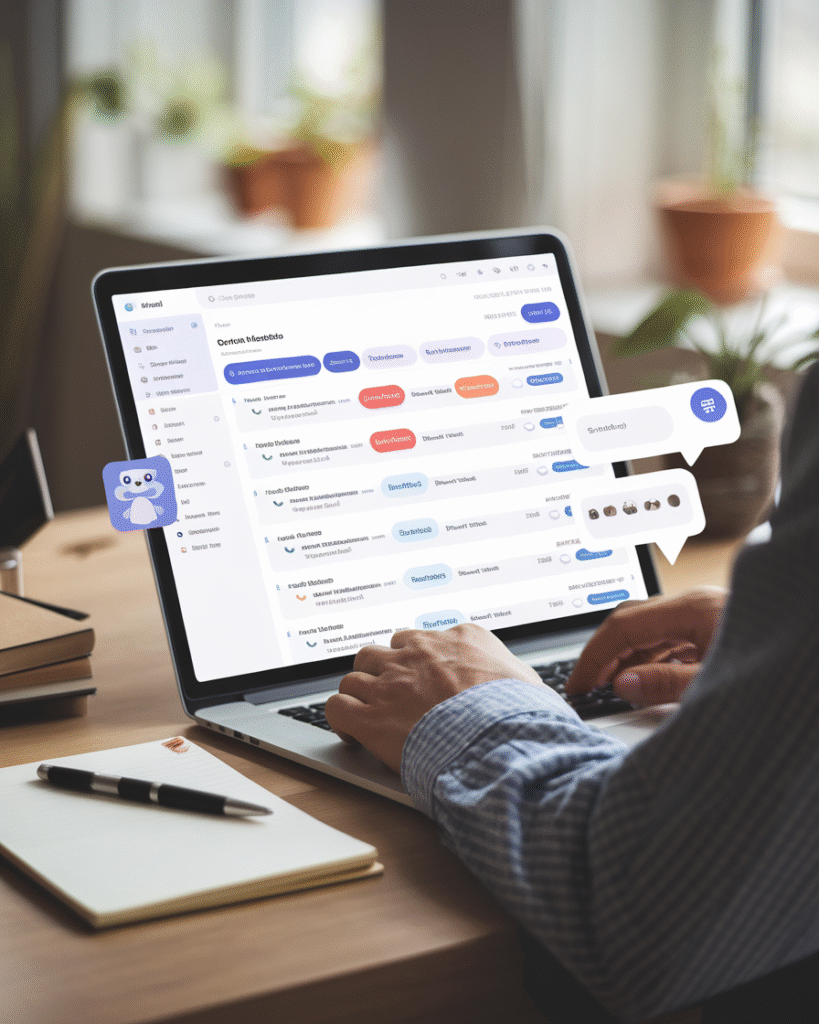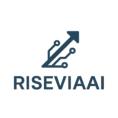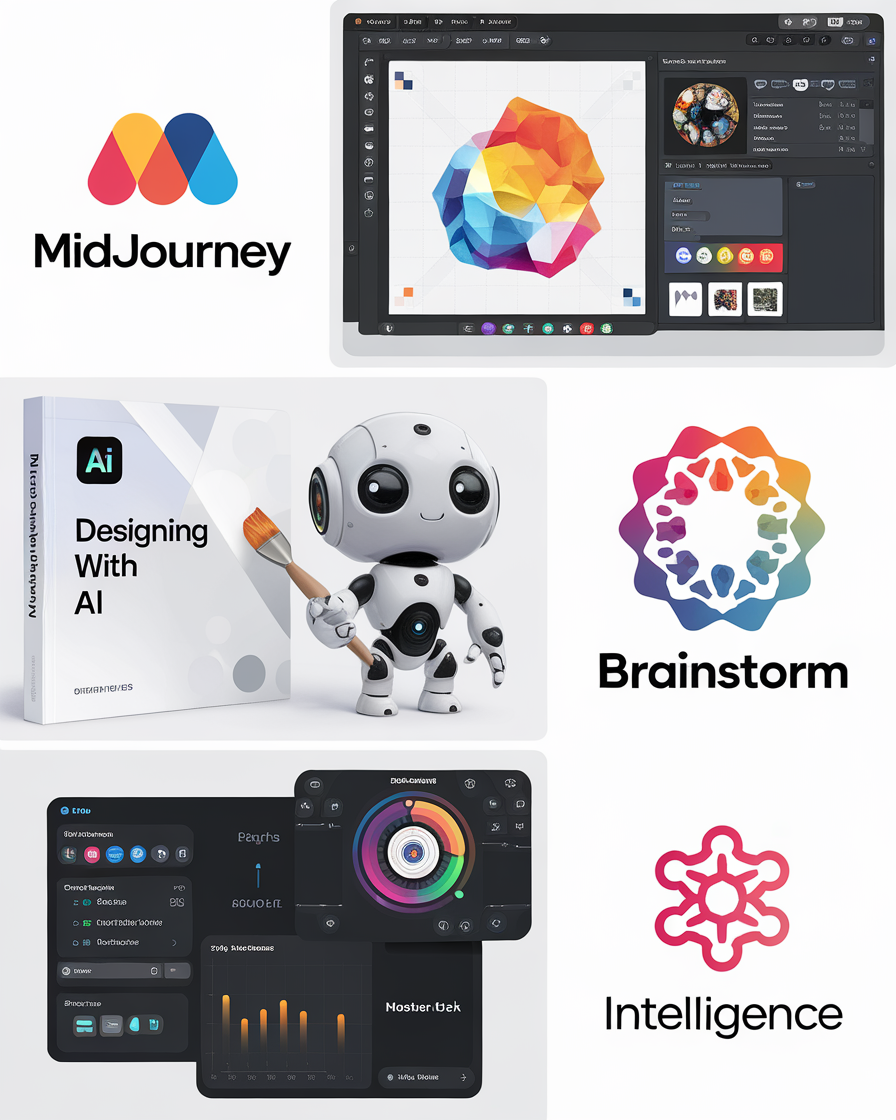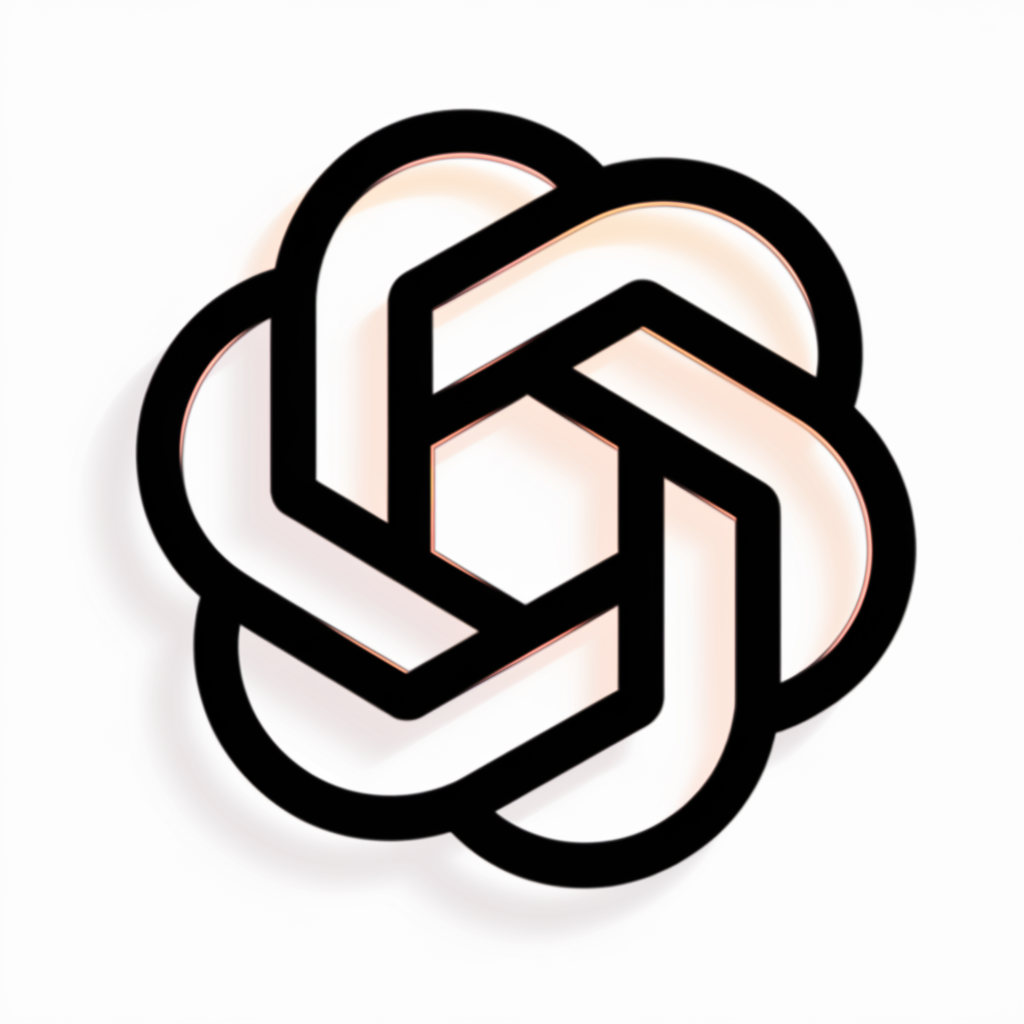In today’s fast-paced world, the quest for higher productivity often feels like an unending marathon. We constantly seek ways to do more, achieve more, and be more, frequently at the expense of our well-being. The result? Burnout – a pervasive modern malady that leaves us exhausted, cynical, and ineffective. But what if there was a way to significantly elevate your daily output without sacrificing your mental and physical health? Enter Artificial Intelligence (AI).
AI, once a concept confined to science fiction, is now a practical, accessible tool that can revolutionize how we work and live. From automating mundane tasks to providing insightful analytics, AI has the potential to become your ultimate productivity partner. However, the key lies not just in using AI, but in strategically integrating it into your workflow to enhance efficiency and, crucially, to prevent the dreaded burnout. This comprehensive guide will explore actionable strategies for leveraging AI to boost your daily productivity while safeguarding your energy and passion.
The Productivity-Burnout Paradox: Why We Need a New Approach
Before delving into the “how,” it’s essential to understand the “why.” Traditional productivity hacks often focus on doing more in less time, pushing us to our limits. While initially effective, this approach is inherently unsustainable. Over time, the constant pressure leads to chronic stress, reduced job satisfaction, and ultimately, burnout.
Burnout isn’t just about feeling tired; it’s a state of emotional, physical, and mental exhaustion caused by prolonged or excessive stress. Its symptoms include fatigue, cynicism, reduced professional efficacy, and even physical ailments. Clearly, merely working harder isn’t the solution. Instead, we need to work smarter, and that’s precisely where AI shines. AI doesn’t get tired, it doesn’t get bored with repetitive tasks, and it can process information at speeds unimaginable to humans. By offloading monotonous, time-consuming activities to AI, we free up our cognitive resources for tasks that truly require human creativity, critical thinking, and emotional intelligence.
AI as Your Personal Productivity Co-Pilot: Core Principles
Embracing AI for productivity isn’t about replacing human effort; it’s about augmenting it. Think of AI as your intelligent co-pilot, handling the tedious navigation while you focus on the flight plan. To achieve this without veering into overwhelming complexity, consider these core principles:
- Identify Pain Points: Begin by pinpointing the areas in your daily routine that are most draining, repetitive, or time-consuming. These are prime candidates for AI automation.
- Start Small: You don’t need to overhaul your entire workflow overnight. Start by integrating one or two AI tools for specific tasks and gradually expand as you become comfortable.
- Focus on Augmentation, Not Replacement: Remember, AI enhances, not replaces. Your role shifts from grunt work to oversight, strategy, and creative problem-solving.
- Prioritize Well-being: The ultimate goal is not just more output, but sustainable output. Use the time gained from AI to recharge, learn new skills, or pursue personal interests.
Practical Applications: How to Use AI to Boost Daily Productivity
Now, let’s explore concrete ways to weave AI into your daily fabric, transforming mundane tasks into efficient, automated processes.
1. Streamlining Communication and Correspondence

Email overload and managing messages can be significant time sinks. AI can drastically reduce this burden.
- Smart Email Management: AI-powered email clients (like those with built-in AI features or third-party plugins) can categorize emails, highlight urgent messages, draft replies, and even summarize long threads. Consequently, you spend less time sifting through your inbox and more time on meaningful interactions.
- Meeting Transcription & Summarization: Tools like Otter.ai or built-in features in conferencing software can transcribe meetings in real-time. Furthermore, they can summarize key discussion points, action items, and decisions, saving you hours of note-taking and follow-up. This ensures no crucial detail is missed.
- Automated Scheduling: AI schedulers (e.g., Calendly, Chili Piper) can find mutually agreeable times for meetings, send invitations, and manage reschedules without any manual intervention. Ultimately, this eliminates the back-and-forth email chains that often precede a simple meeting.
2. Supercharging Content Creation and Curation

Whether you’re a writer, marketer, or researcher, content creation is a cornerstone of many roles. AI can significantly expedite this process.
- AI Writing Assistants: Tools like Jasper, Copy.ai, or even integrated AI features in word processors can help brainstorm ideas, generate drafts, rewrite passages, and refine grammar. For instance, if you’re stuck on a blog post intro, an AI assistant can offer several compelling options in seconds. This allows you to overcome writer’s block and maintain flow.
- Research and Summarization: AI-powered research tools can quickly sift through vast amounts of information, identify key insights, and summarize complex documents. Therefore, instead of spending hours reading through reports, you can get a concise overview and then deep-dive only into relevant sections.
- Image and Design Generation: AI art generators (e.g., Midjourney, DALL-E) can create unique visuals for presentations, social media, or articles. Similarly, AI-powered design tools can help with layout and aesthetic choices, even if you lack design expertise.
3. Data Analysis and Decision Making Made Easier

Processing data, identifying trends, and making informed decisions can be incredibly time-consuming. AI offers powerful solutions.
- Automated Data Entry and Cleansing: AI can extract data from various sources and populate spreadsheets or databases, significantly reducing manual data entry errors and time. Moreover, it can identify and correct inconsistencies in data sets, ensuring accuracy.
- Predictive Analytics: AI algorithms can analyze historical data to predict future trends, helping with forecasting, inventory management, or sales strategies. Consequently, businesses can make more proactive and effective decisions.
- Personalized Recommendations: For customer-facing roles, AI can analyze customer behavior to provide personalized product or service recommendations, enhancing customer satisfaction and sales efficiency.
4. Enhancing Learning and Skill Development

Productivity isn’t just about output; it’s also about growth. AI can personalize and accelerate your learning journey.
- Personalized Learning Paths: AI-driven platforms can assess your knowledge gaps and recommend specific courses or content tailored to your learning style and goals. This means you learn more efficiently, focusing only on what you need.
- Language Learning: AI language tutors offer personalized practice, pronunciation feedback, and real-time corrections, making language acquisition more accessible and effective.
- Summarizing Educational Content: AI tools can condense lengthy articles, academic papers, or even video lectures into digestible summaries, allowing you to grasp core concepts quickly. Hence, you can cover more ground in less time, maximizing your learning potential.
Preventing Burnout: The Human Element of AI Productivity
While AI promises significant productivity gains, its integration isn’t a silver bullet against burnout. In fact, if not managed correctly, the increased capacity AI provides could lead to the temptation of taking on even more work, thereby perpetuating the cycle of overwork. Preventing burnout while leveraging AI requires conscious effort and a focus on human well-being.
1. Set Clear Boundaries and Expectations
It’s tempting to fill the time freed up by AI with more tasks. However, resist this urge. Instead, use the newfound efficiency to:
- Create White Space: Dedicate specific blocks of time in your day for deep work, creative thinking, or simply stepping away from your screen. Ultimately, this “white space” is crucial for mental replenishment.
- Redefine Your Workday: If AI helps you complete tasks faster, consider shortening your workday or incorporating longer breaks. Therefore, you can reclaim personal time without compromising output.
- Communicate Effectively: Make sure your team and superiors understand how AI is changing your workflow. This can help manage expectations about response times and output.
2. Prioritize Human-Centric Tasks
AI excels at repetitive, data-driven tasks. Conversely, humans excel at empathy, creativity, strategic thinking, and complex problem-solving that requires nuanced understanding.
- Focus on High-Value Activities: Delegate the mundane to AI and redirect your energy towards tasks that require your unique human skills. For example, instead of manually scheduling, use AI, and spend that time strategizing your next project.
- Cultivate Soft Skills: As AI handles more routine cognitive tasks, the importance of uniquely human skills like emotional intelligence, collaboration, negotiation, and leadership will only grow. Invest your freed-up time in developing these.
- Engage in Creative Pursuits: Use the mental space created by AI to explore new ideas, innovate, and engage in creative endeavors that bring you joy and fulfillment.
3. Continuous Learning and Adaptation
The AI landscape is constantly evolving. Staying curious and adaptable is key to long-term sustainable productivity.
- Regularly Evaluate Tools: Periodically assess the AI tools you’re using. Are they still serving your needs? Are there newer, more efficient options available? Always look for opportunities to optimize.
- Understand AI Limitations: While powerful, AI has limitations. It lacks true understanding, emotional intelligence, and genuine creativity. Recognize these boundaries and know when human intervention is indispensable.
- Embrace a Growth Mindset: View AI not as a threat, but as an opportunity for personal and professional growth. Learning to work alongside AI is a crucial skill for the future.
4. Foster a Culture of Well-being
If you’re in a leadership position, actively promote a culture that values well-being alongside productivity.
- Lead by Example: Demonstrate healthy work-life boundaries and encourage your team to do the same.
- Provide Training: Educate your team on how to effectively use AI tools to reduce their workload and stress.
- Monitor for Burnout: Be vigilant for signs of burnout in yourself and your team, and take proactive steps to address them. Ultimately, a healthy team is a productive team.
The Future of Work
The integration of AI into our daily work lives is not merely a trend; it’s a fundamental shift in how we approach productivity. By strategically deploying AI to handle the tedious, time-consuming aspects of our jobs, we unlock an unprecedented opportunity: the chance to reclaim our time, reduce our stress, and redirect our energy towards more meaningful, impactful, and enjoyable work.



